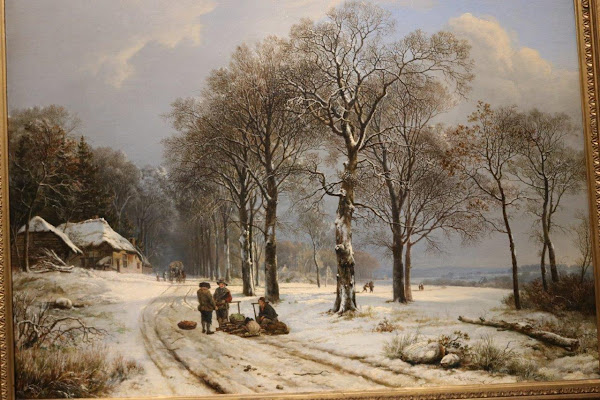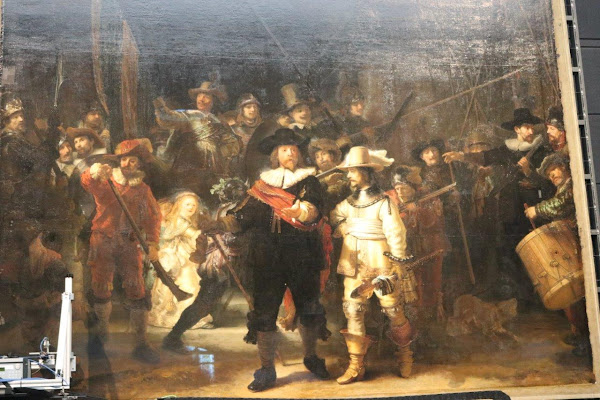Located in Dam Square, it is a 5 min walk from Amsterdam Central Station. The Royal Palace of Amsterdam was originally built in the 17th century as the city hall during the Dutch Golden Age. It was designed by the renowned Dutch architect Jacob van Campen and completed in 1665. The palace's architecture is a remarkable example of the Dutch classicism style, characterized by its symmetrical design, grandeur, and elaborate detailing.
Although it was initially used as a city hall, the Royal Palace has served as the official residence of the Dutch monarchy since the early 19th century. Today, it is primarily used for state visits, official receptions, and other ceremonial events hosted by the royal family.
The interior of the Royal Palace is opulent and showcases a blend of different architectural and artistic styles. The highlights include the Citizens' Hall (Burgerzaal), a magnificent space with marble floors, intricately decorated ceilings, and massive columns. The Hall of the Aldermen (Scheepjeszaal) features ornate woodwork and murals depicting maritime scenes.
The Royal Palace houses an extensive collection of art and historical objects, including paintings, sculptures, furniture, and decorative arts. The collection features works by Dutch and European artists, showcasing different periods and styles.
When not in use for official purposes, the Royal Palace is open to the public. Here are photos taken to the area that were allowed to see.

























































